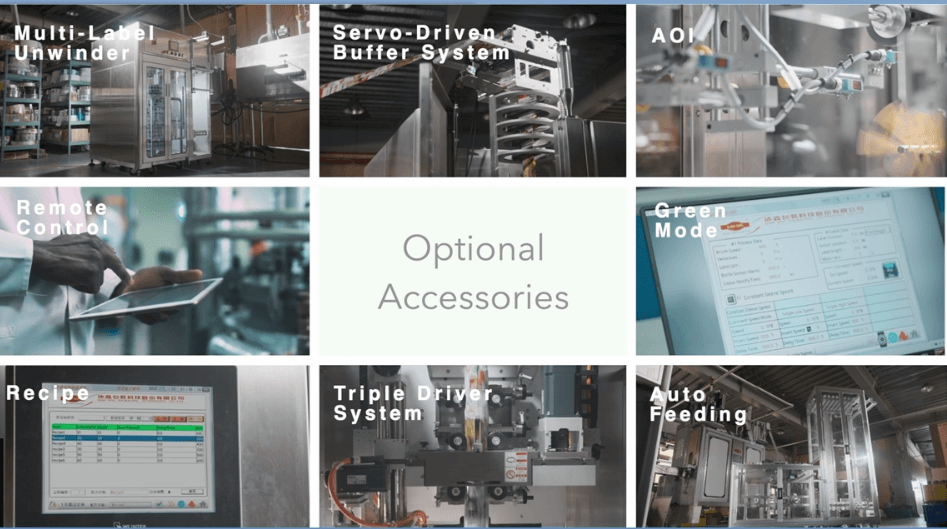
智慧工廠設計對於實現生產線的無縫整合至關重要。透過整合先進技術和自動化系統,製造商可以優化其營運並實現更高水準的效率。智慧工廠利用互聯設備和感測器收集即時數據,實現智慧決策和主動維護。
透過智慧工廠設計,收縮套標機可以無縫整合到生產線中。這確保了產品的平穩高效流動,最大限度地減少瓶頸並最大限度地提高生產力。收縮套機在包裝過程中發揮著至關重要的作用,將收縮套標標籤應用到產品上以實現品牌宣傳和產品保護。透過將機器整合到整體生產線中,製造商可以簡化包裝流程並消除人工干預的需要。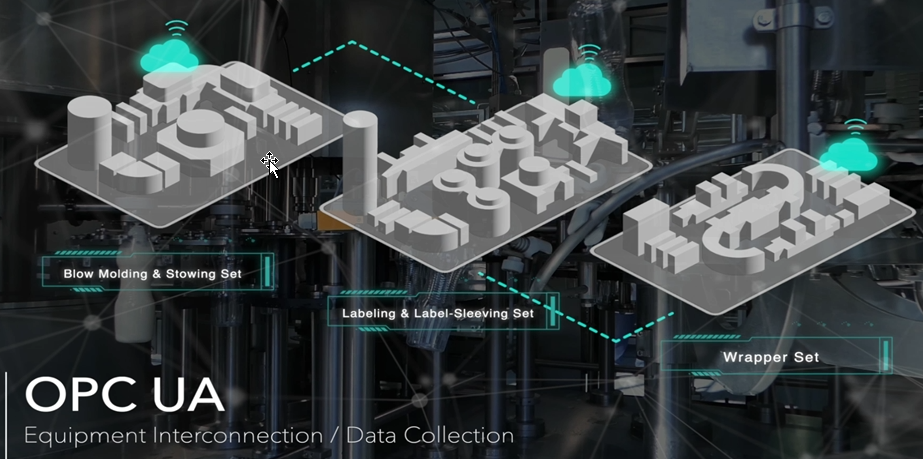
此外,智慧工廠設計可以即時監控生產線,使製造商能夠及時發現並解決任何問題或效率低下的問題。透過利用數據分析和機器學習演算法,製造商可以優化生產線佈局,最大限度地減少停機時間並提高整體生產力。 即時資料交換依賴強大的介質,OPC UA 就是其中之一。 Dase-Sing 將收縮套標系統與 OPC UA 整合以交換生產參數。
總之,智慧工廠設計有助於將收縮套標機無縫整合到生產線中,從而最大限度地提高效率和生產率。透過利用先進技術和即時數據分析,製造商可以優化其營運並實現更高水準的效率。
![]()
簡化線上生產的生產線佈局對於優化產品流程和最大限度地減少浪費至關重要。精心設計的佈局可確保產品從收縮套標機順利且有效率地移動到堆疊站,並最終到達運輸區域 (卡車或是其他交通工具裝車運輸點)。
為了實現最佳化佈局,製造商應考慮精實生產原則。這包括最大限度地減少產品在產線或工廠移動的距離,減少不必要的搬運和運輸,以及以邏輯和順序的方式組織生產線。透過消除瓶頸和簡化工作流程,製造商可以最大限度地縮短交貨時間、降低成本並提高整體生產力。
除了精實生產原則外,製造商還應利用自動化技術進一步簡化生產線佈局。自動輸送系統、機械手臂和物料搬運設備可以增強產品的移動並消除人工干預。透過自動化重複任務並確保產品的連續流動,製造商可以實現更高水準的效率和生產力。
飲料生產線大致可分為上游和下游2個工段。智慧工廠最好同時規劃這兩個部分。上游通常位於無菌工作區,需要一個封閉的環境來進行產品保存流程和安全、衛生的流程。上游末端的產品用於清潔和貼標+套標,這對於產品的包裝和公司形象非常重要。下游區域後段為外膜 (裝箱機,膜包機...)等二次包裝,並堆碼在托盤上運送。 Dase-Sing 擁有超過 35 年與 Crones、KHS、Sidel 等線上供應商合作的經驗...Dase-Sing 可以與任何線上標籤解決方案提供者提供成熟且熟練的整合,並在下游區域可以提供相關合作夥伴系統。
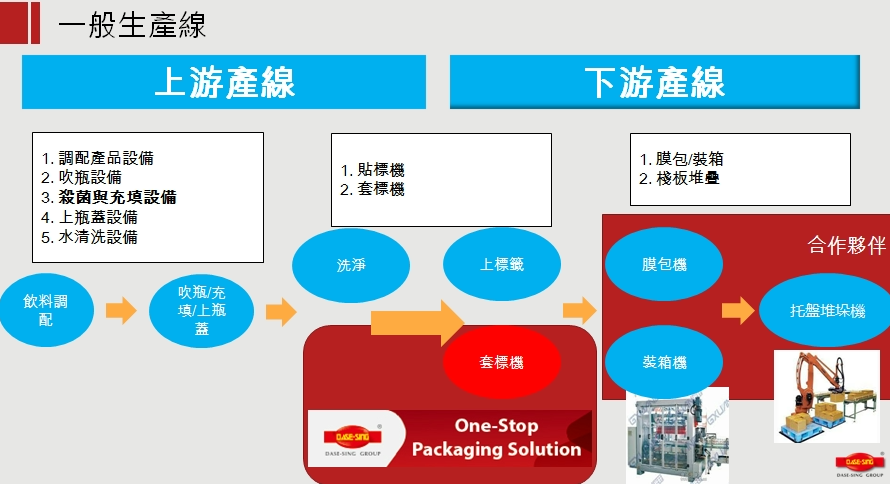
總之,簡化線上生產線佈局對於優化產品流程和最大限度地減少浪費至關重要。透過結合精實生產原則和自動化技術,製造商可以實現精心設計的佈局,從而最大限度地提高效率和生產力。
自動化在最大限度提高生產線效率方面發揮關鍵作用。透過自動化重複性任務並利用先進技術,製造商可以最大限度地減少錯誤、降低成本並提高整體生產力。
自動化應用的關鍵領域之一是收縮套飆機的操作。透過自動化將收縮套標應用於產品的過程,製造商可以消除手動干預的需要,並確保一致和準確的應用。這不僅加快了包裝過程,也降低了錯誤和重工(報廢)的風險。
Dase-Sing套標系統不僅提供包括收縮套標和機器在內的一站式解決方案,還提供大量選項來增加生產線的智慧操作。
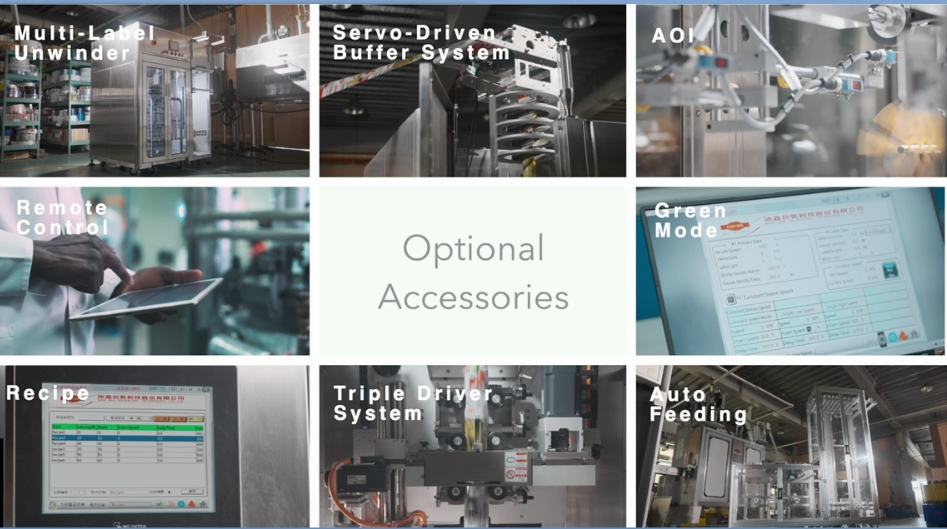
Furthermore, automation can be utilized in other aspects of the production line, such as material handling and quality control. Automated conveyor systems, robotic arms, and vision inspection systems can streamline the movement of products and ensure the highest level of quality. By reducing the reliance on manual labor and human judgment, manufacturers can achieve higher levels of efficiency and productivity.
Dase-Sing shrink sleeve machine cooperates with several options and accessories to achieve smart control, such as bottle Inspection and rejection system, steam oven temperature low limit alarm...
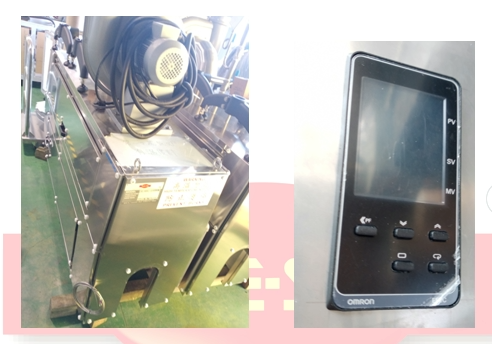
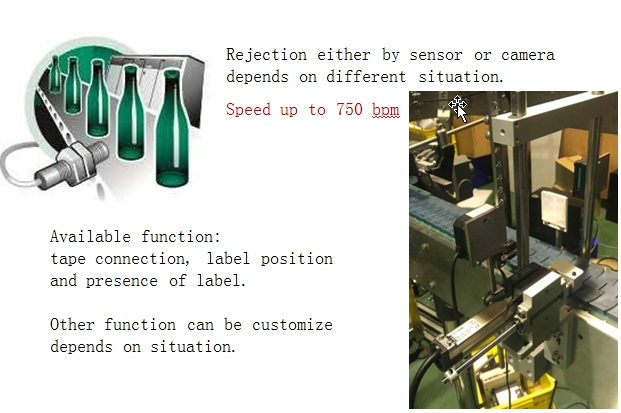
In summary, maximizing efficiency through automation is essential for optimizing the production line. By automating repetitive tasks and utilizing advanced technologies, manufacturers can minimize errors, reduce costs, and increase overall productivity.
Enhancing product flow is crucial for achieving efficient production line operations. By applying lean principles, manufacturers can optimize the movement of products and minimize waste.
One of the key principles of lean manufacturing is to minimize the distance traveled by products. This can be achieved by organizing the production line in a logical and sequential manner, ensuring that products move smoothly from one process to another. By reducing unnecessary handling and transportation, manufacturers can minimize lead times and increase overall productivity.
Another important principle is to eliminate bottlenecks and remove any obstacles that may hinder the flow of products. By identifying and addressing these bottlenecks, manufacturers can ensure a continuous and uninterrupted flow of products, minimizing downtime and maximizing efficiency.
Additionally, lean principles emphasize the importance of continuous improvement and waste reduction. By implementing strategies such as 5S and Kaizen (continuous improvement, from Toyota group ), manufacturers can identify and eliminate waste in the production line, further enhancing product flow and increasing overall efficiency.
In conclusion, enhancing product flow with lean principles is essential for achieving efficient production line operations. By minimizing the distance traveled by products, eliminating bottlenecks, and reducing waste, manufacturers can optimize product flow and increase overall productivity.
Ensuring a smooth transition from production to shipping is crucial for minimizing delays and optimizing the overall supply chain. By implementing efficient processes and utilizing advanced technologies, manufacturers can streamline the transition and ensure timely delivery of products to customers.
One of the key steps in ensuring a smooth transition is the proper coordination between the shrink sleeve machine (between upstream and downstream), stacker station, and the shipping area (downstream area). By aligning the production schedule with the shipping schedule, manufacturers can minimize waiting times and optimize the utilization of resources.
Furthermore, manufacturers should leverage automation technologies to facilitate the transition process. Automated material handling systems can transport products from the stacker station to the shipping area, eliminating the need for manual intervention and reducing the risk of errors. Additionally, real-time tracking and monitoring systems can provide visibility into the status of each product, allowing manufacturers to proactively address any issues or delays.
Dase-Sing與全球合作夥伴合作,透過專有技術、專業知識和完整的硬體和軟體組合來滿足客戶的需求,包括從原材料接收到加工、包裝、終端的端到端解決方案線路和倉儲。

總之,確保從生產到運輸的平穩過渡對於優化整體供應鏈至關重要。透過協調流程、利用自動化技術和保持可見性,製造商可以最大限度地減少延遲並確保及時向客戶交付產品。
More video:20241211
https://www.youtube.com/@dase-singpackagingtechnolo8451
Contact us:
matt@dasesing.com